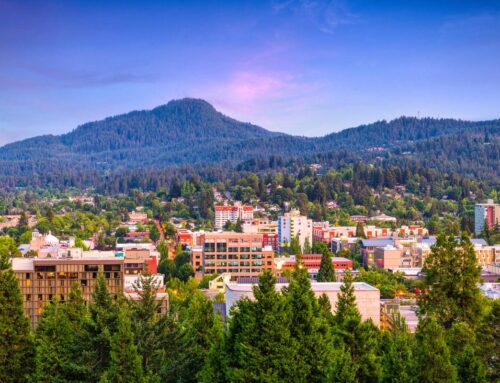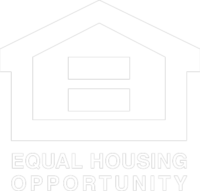Home Prices Blamed for Student Loan Defaults
The housing crisis may also have sparked the increase in student loan default rates, according to a working paper by the National Bureau of Economic Research.
Read more: Student Debt Delays Buyers By 5 Years
The study says the drop in home prices during the Great Recession also coincided with a 24 to 32 percent rise in student loan default rates. Researchers looked at administrative student loan data along with ZIP code home price data for about 300,000 student loan borrowers in repayment during the recession.
Last year, more than 1 million federal student loan borrowers defaulted on their debt.
“The huge rise in student loan defaults is on everybody’s minds and the question is what’s the cause of this rise?” says Holger Mueller, one of the authors of the paper and a professor of finance at New York University’s Stern School of Business. “What we want to do is point to another very important source of default risk and that’s just the labor market.”
Researchers point to the impact falling home prices may have had on an area’s labor market. When the value of homes drop, homeowners tend to spend less. Local businesses then are often forced to keep workers’ pay stagnant or even lay them off. That ripple effect may have also contributed to the higher student loan default rates.
Source: “Why Lower Prices Lead to Higher Student Loan Default Rates,” MarketWatch (April 1, 2017)





